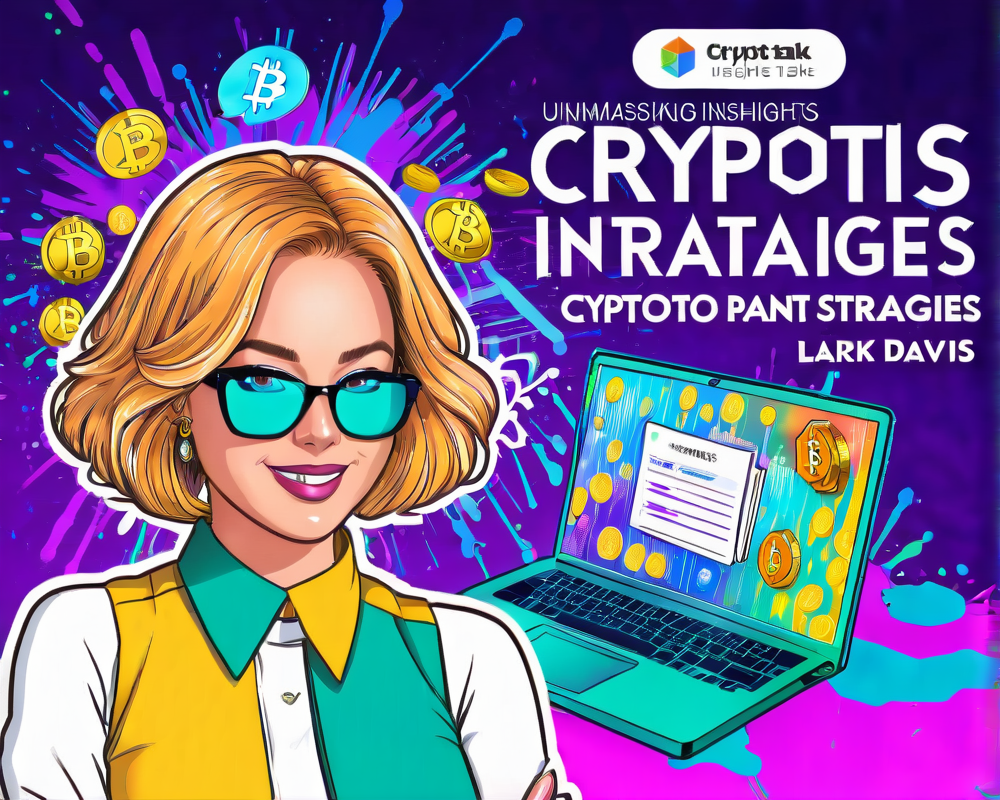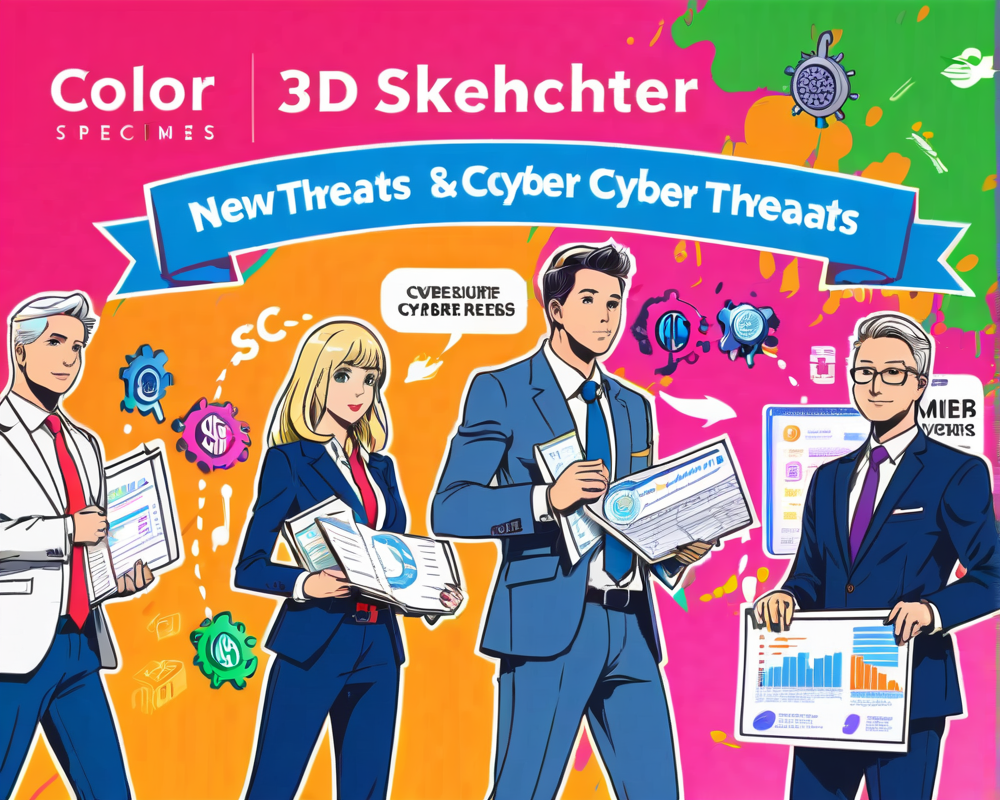What’s the Deal with Noncustodial Exchanges?
When it comes to cryptocurrency, the term ‘noncustodial’ sounds like something from a sci-fi movie. But in the real world, it refers to exchanges that don’t hold your assets, freeing traders from the clutches of centralized platforms that have a habit of going belly up. Erik Voorhees, the fearless leader of ShapeShift, argues that these platforms are a safer bet. After all, relinquishing your life savings to an entity that could become a hacker’s playground is a massive gamble!
The Custodial Dilemma: Are They Really “Honey Pots for Hackers”?
Despite their security issues, custodial exchanges are still the norm. Alan Curtis from Radar Relay points out the stark reality: since the dawn of cryptocurrency, there have been over fifty significant hacks resulting in billions lost. It’s a bittersweet truth; these exchanges provide valuable services but come with risks that could lead to a heart-stopping moment at any time.
Are Noncustodial Platforms the Holy Grail?
Noncustodial exchanges promise to let users hold onto their own keys — akin to having your valuables buried in the backyard instead of locked away in a bank vault that could be robbed. But, as Jack Tao from Phemex warns, the issue of whose responsibility it is to safeguard assets is still widely debated. While the allure of easier access and transparency sounds fantastic, it can also create new challenges that might leave traders feeling just as vulnerable.
The Misuse of ‘Noncustodial’
Let’s not sugarcoat it: the term ‘noncustodial’ gets thrown around a lot and Curtis Spencer of Electric Capital cautions that not all noncustodial claims are accurate. Some platforms are only pretending to be noncustodial, holding onto users’ assets long enough that it raises questions about the transparency they claim to provide. Remember, a little mistrust can go a long way!
The Road Ahead: Trade-offs and Trust
Steven Quinn from Eosfinex asserts that noncustodial solutions largely eliminate the need to trust a third-party, but also come with their own hurdles. Users must grapple with the learning curve of managing their funds, which can feel like learning to ride a bike for the first time without training wheels. Blockchain limitations, such as slow transaction speeds, can further complicate the experience for those eager to jump on the decentralized exchange bandwagon.
Final Thoughts: What’s Right for You?
At the end of the day, both custodial and noncustodial exchanges cater to different trading needs. It’s like shopping for a car; do you prefer the flashy sports car that may break down or the reliable minivan that can haul all your gear? With cryptocurrency, understanding the risks of each platform is paramount in making informed decisions!




